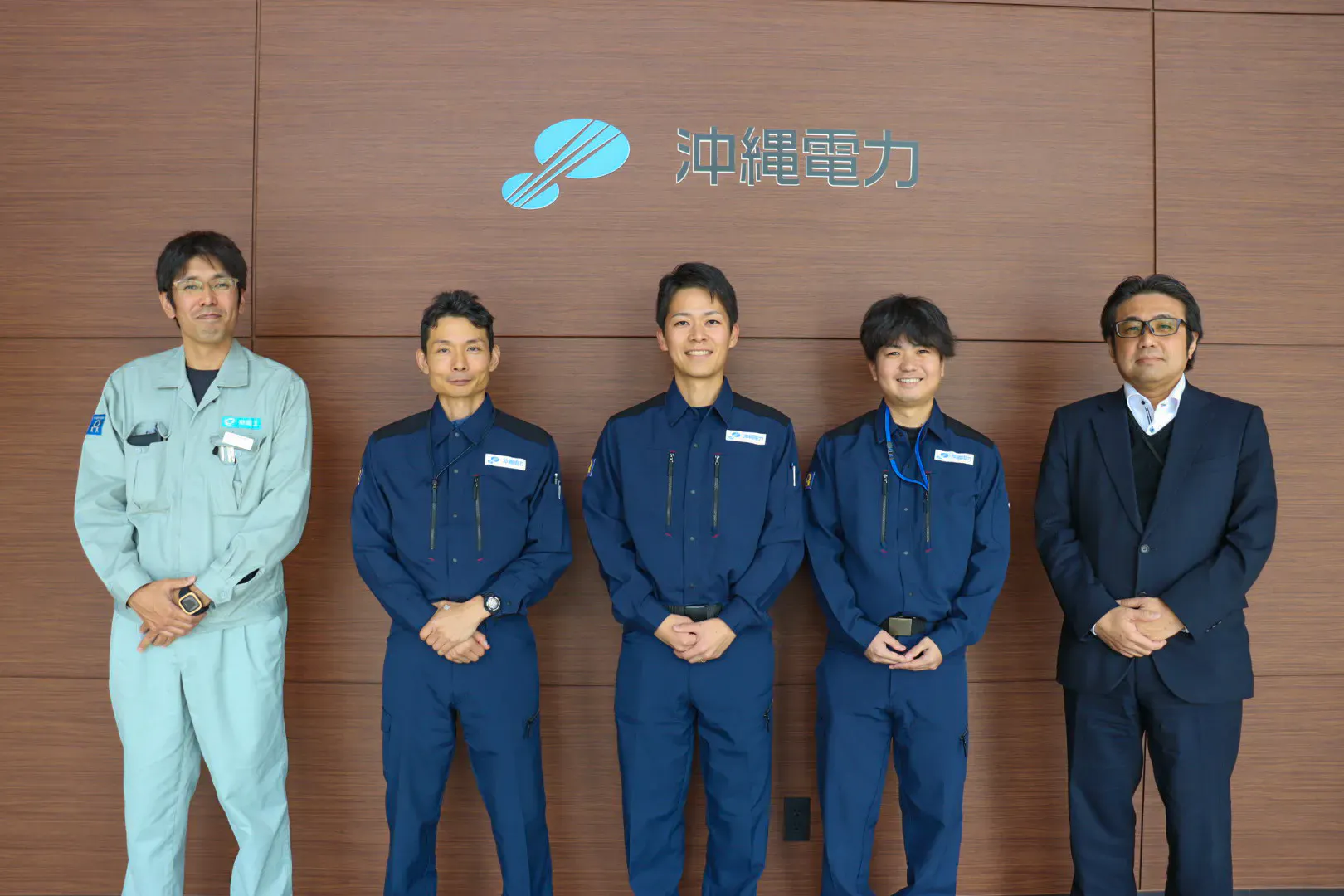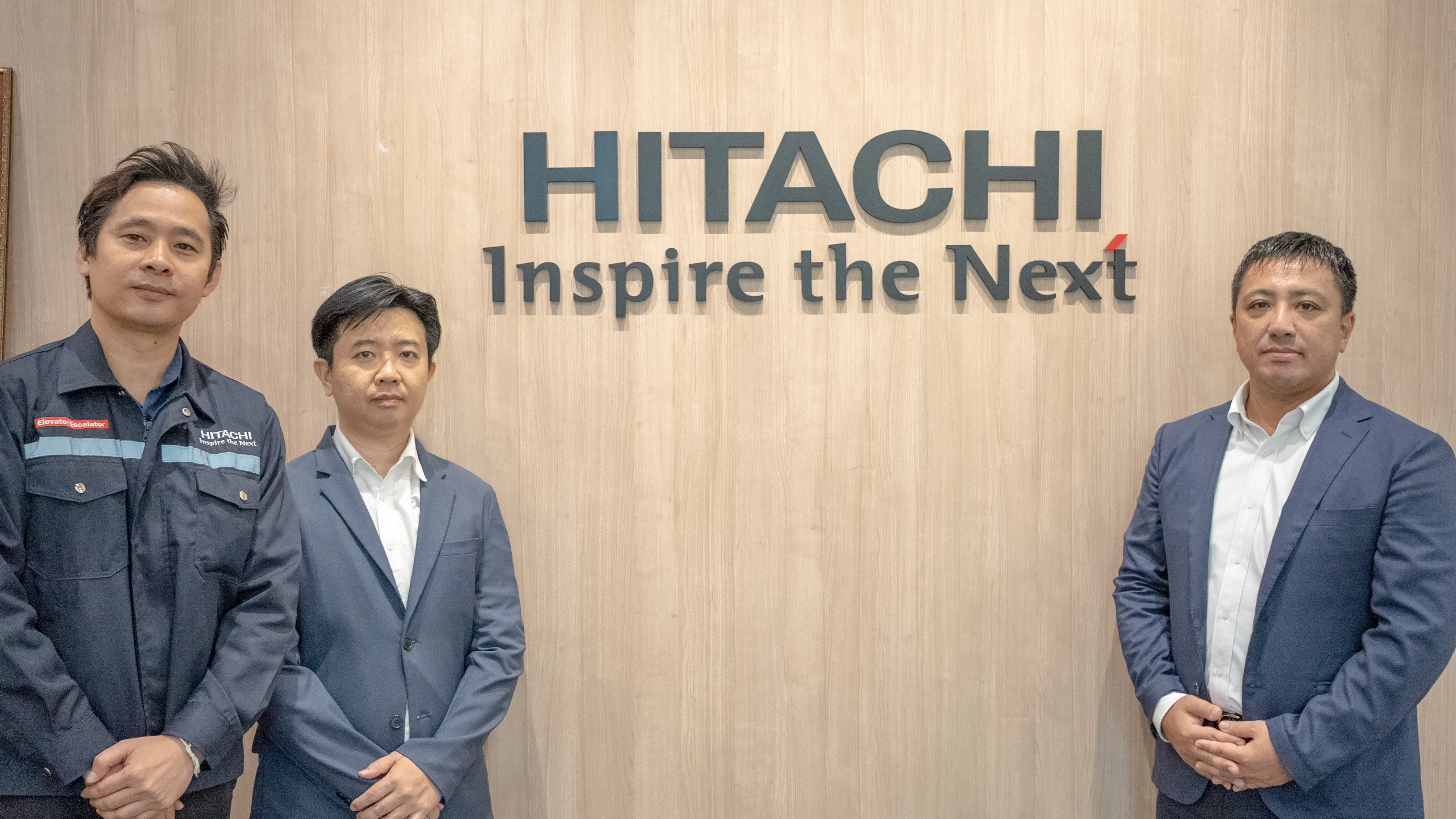Tokyu Community Corporation (Part 1)


Company Name
Tokyu Community Corporation
Number of Employees
13,791
Business Activities
Residential Life Support Services, Renovation Services, Building Management Services
Utilization Services
As part of the Tokyu Group, which contributes to Japan's urban development by engaging in a wide range of businesses closely tied to daily life, Tokyu Community Corporation handles the management of properties such as condominiums, buildings, and public facilities. "KANNA" has led to a 20% reduction in overtime within just one year in the Business Creation Headquarters, focusing on condominium renovations.
What challenges did Tokyu Community aim to overcome by implementing "KANNA," and how did they achieve such significant results? In this two-part interview, we will explore these questions. In Part 1, we spoke with Mr. Nakabayashi and Mr. Hirose about the challenges they faced prior to the implementation and the results they’ve witnessedd since.
Background and Effects of KANNA Implementation
課題
1) Communication with on-site teams was done by phone, which led to time loss for both management and on-site workers, and often resulted in a "telephone game" situation.
2) Frequent on-site visits, constant phone communication, and efforts to resolve communication gaps were causing an increase in overtime, which had become a significant issue.
導入の決め手
- Utilize digital transformation (DX) to enable remote monitoring, supervision, and instruction, leading to a reduction in overtime hours.
- Make better use of time by reallocating hours previously spent on-site to focus on critical issues.
効果・改善
1) Communication was standardized through KANNA's chat feature, and all relevant documents were centralized within KANNA. This allowed all stakeholders to access the same information, improving the accuracy of communication and ultimately eliminating delays in on-site work.
2) After implementing KANNA, remote supervision and instruction became possible. Communication became timely and accurate, reducing the need for phone calls and on-site visits, which resulted in a 20% reduction in overtime hours.
Person interviewed

From the Business Creation Headquarters:
Mr. Nakabayashi (Team leader)
Mr. Hirose
▶▶ [Read Part 2 of the Tokyu Community Interview]
Managing and overseeing over 100 renovation projects at once
— To start, could you tell us about Tokyu Community Corporation's business and operations?
Mr. Nakabayashi: Our business mainly focuses on the management and operation of condominiums, buildings, and public facilities, covering a wide range of services from large-scale renovations to interior refurbishments. Specifically, the KANNA system is used by the Solution Team within the Consumer Planning Office, Business Promotion Department of the Related Business Division, which handles condominium unit renovations. We provide solutions, particularly for the properties under our management, to address issues unique to condominium living.
A typical example would be the piping work in individual condominium units. After about 25 years, the metal water supply and hot water pipes begin to deteriorate, and if left unchecked, they could eventually lead to water leaks. To prevent such issues from occurring, we propose replacement projects for water supply and hot water pipes in individual units to the condominium associations and manage the construction work as part of our duties.

Mr. Hirose: While we present the renovation proposals to the condominium associations, the actual contracts are signed with the individual residents, the end-users. Each household enters into a contract, and for example, there are cases where water leaks occur from an upper-floor unit. Given these situations, many households express interest in the renovation work after the proposal is made to the association.
Mr. Nakabayashi: In some cases, we handle properties with over 500 units, so especially with large-scale condominiums, the number of renovation projects happening simultaneously can be quite substantial. We allocate these projects to partner companies across different regions and manage the process. Additionally, before any work begins, we hold briefing sessions for the condominium residents. Our team oversees the entire process, from proposal and resident briefings to project allocation and progress management.
Resolving issues caused by communication gaps and reducing overtime hours
— What were the key challenges that led to the decision to implement KANNA?
Mr. Nakabayashi: Although the actual construction is carried out by partner companies in different regions, Tokyu Community employees often attend the construction sites to ensure safety and to provide reassurance to condominium associations and residents. Additionally, resident briefings prior to construction are frequently held on weekends, which led to concerns not only about daily overtime but also about working on days off.
Aside from attending the sites, another factor contributing to overtime was the communication gaps with partner companies. A pre-construction site survey is essential, and we always attend these surveys. However, it is often the managers from the partner companies who handle the surveys.
That said, the actual work on-site is carried out by the managers’ subordinates, the craftsmen. Even though we, along with those managers, assess the site conditions and compile this information into reports, we encountered cases where, when the construction began, the craftsmen on-site hadn’t received the detailed information about the site.

If the pre-survey information isn't properly shared with the craftsmen, it can lead to various issues on the day of the work. In the past, we had to rely on follow-up communication to resolve these miscommunications, but this was clearly inefficient. Moreover, when these issues escalated into actual problems, we had to spend additional time dealing with them.
Streamlining communication and enabling in-house workflow adjustments
— You implemented KANNA to resolve communication gaps with partner companies and reduce overtime. What made you choose KANNA to address these challenges?
Mr. Hirose: The initial motivation came from our group company, Tokyu Re・Design, which was already using KANNA. Mr. Tokunaga, who became the President of Tokyu Re・Design in April 2024, is also the Director of our Related Business Division. Since Tokyu Re・Design had already seen positive results from implementing KANNA, Mr. Tokunaga suggested, "Why not try KANNA with the Solution Team as well?"
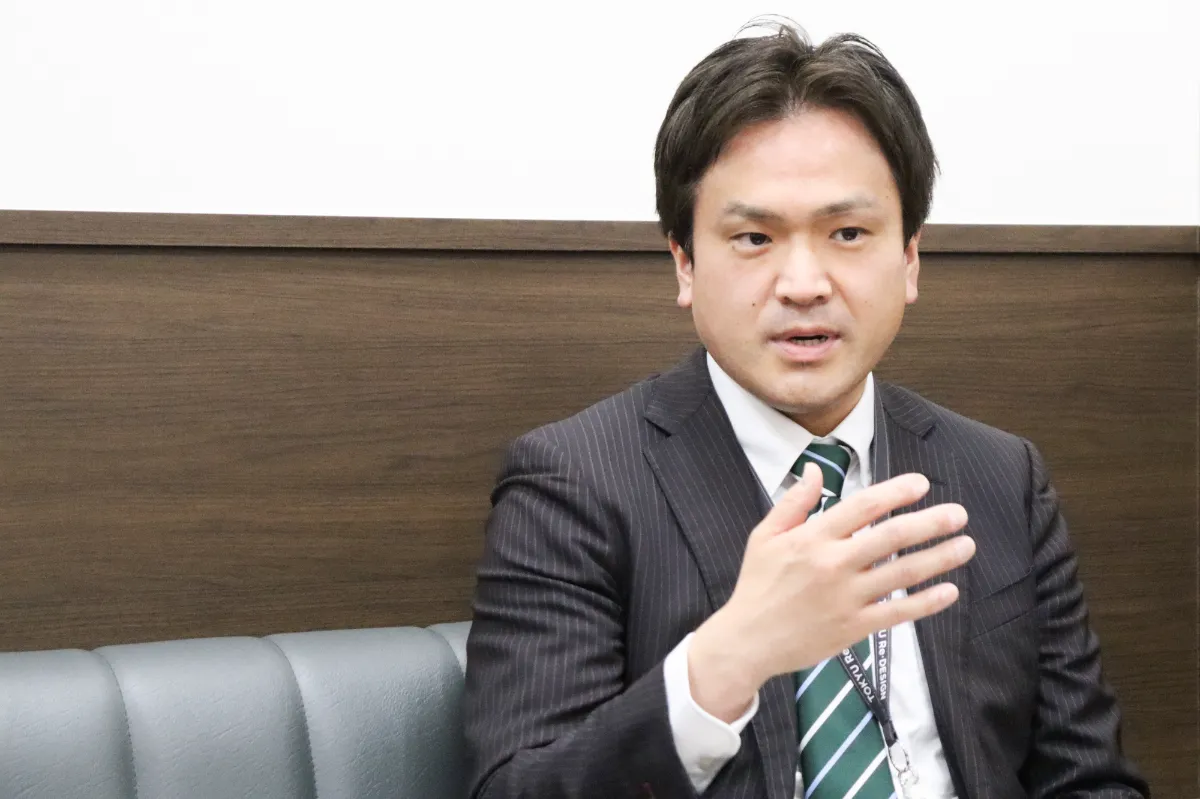
Mr. Nakabayashi: After Mr. Tokunaga’s suggestion, we began our evaluation and were particularly drawn to the fact that with KANNA, we could unify the method of sharing information with partner companies. For example, one of the challenges we faced was sharing pre-construction site survey information. By uploading the survey sheets to the cloud, all stakeholders can access the information anytime, anywhere, from their smartphones.
We also compared similar tools from other companies, but what set KANNA apart was its high level of customization. Without needing to go through a vendor, we can configure and modify the workflow ourselves. This also allows us to visualize the current status of each project at any given moment. We realized that this flexibility was a perfect fit for our operations.
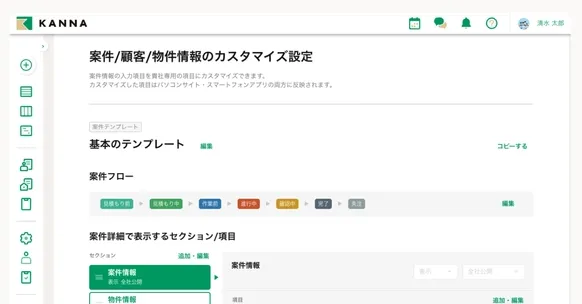
The KANNA platform enables to easily customize project information
Mr. Hirose: In addition to the features Nakabayashi mentioned, the exceptional support from the KANNA team was another deciding factor. The support from KANNA’s representatives has been thorough and flexible. It’s been about a year since we started using KANNA, and before the full implementation, we conducted a trial to test whether KANNA was truly suitable for our company from various perspectives. During that time, the customer success representative was there every step of the way, offering valuable advice.
A 20% reduction in overtime after implementation, providing residents with "trust" and "peace of mind" by explaining the app management system for renovation work
— Thank you. It's been about a year since you started using KANNA. What effects have you seen so far?
Mr. Nakabayashi: When comparing the average overtime hours from the year before KANNA's implementation to the average after, we’ve seen about a 20% reduction in overtime for our team members. We've also been working on other initiatives to improve operational efficiency, so it's a combination of factors, but achieving such significant results within just one year of implementation is a major success.
The primary factor behind achieving a 20% reduction in overtime is that "the number of phone calls has significantly decreased." As I mentioned earlier, before implementing KANNA, communication with partner companies was mostly done by phone. Each call might only last five to ten minutes, but receiving a call disrupts the current task, forcing both parties to stop what they’re doing, effectively "taking each other’s time."
Now, communication has been streamlined through KANNA's chat feature, and all necessary documents, blueprints, and photos are consolidated in KANNA’s cloud. Since all involved parties can access the same chat history and documents, information is conveyed accurately without the need for phone calls. This not only saves our time but also prevents disruptions for on-site workers, leading to greater efficiency overall.
Mr. Hirose: Phone calls not only take time from both management and on-site workers but also carry the risk of causing misunderstandings, such as “I said this” or “I didn’t hear that.” Additionally, it's common for multiple partner companies to be involved in a single project. This often led to a situation where one company was called, followed by another, and then the partner company would relay the message to a subcontractor, creating a “telephone game” scenario.
Mr. Nakabayashi: These “I said” versus “I didn’t hear” types of miscommunications can delay on-site work. For example, if there’s an error in ordering materials due to this telephone game effect, we’d need to place a new order for the correct materials, forcing the site to wait until the new materials arrive. In the current context of the so-called “2024 Construction Industry Issue” with the enforcement of labor hour regulations, it’s becoming even more difficult to finish projects on time, making these delays more problematic than ever.
However, with KANNA's ability to centralize project information, these issues can be resolved. For some projects, we’ve even given accounts to suppliers, allowing them to input the necessary material part numbers directly into KANNA's chat. This ensures smooth communication without gaps, and since all stakeholders can view the part numbers, it reduces the effort needed for double-checking.
Mr. Hirose: Another significant change after implementing KANNA is that we’ve been able to reduce the frequency of our on-site visits. For example, during water supply and hot water pipe replacement work, it’s sometimes necessary to remove the wallpaper in rooms. With our current system, partner company staff can take photos of the wallpaper before the work begins and upload them to KANNA. This allows us to remotely verify after the work is completed that the correct wallpaper has been reinstalled, without needing to be physically present at the site.
Mr. Nakabayashi: The reason we’ve been able to reduce the frequency of on-site visits is that all the necessary information for each project is centralized in KANNA. We also explain to the condominium associations and residents beforehand, saying, “We use this app in our operations. In addition to verbal communication, we also share on-site photos and monitor the situation remotely, so please rest assured.” This reassurance during the pre-construction explanation has helped build trust, even when we’re unable to be physically present.
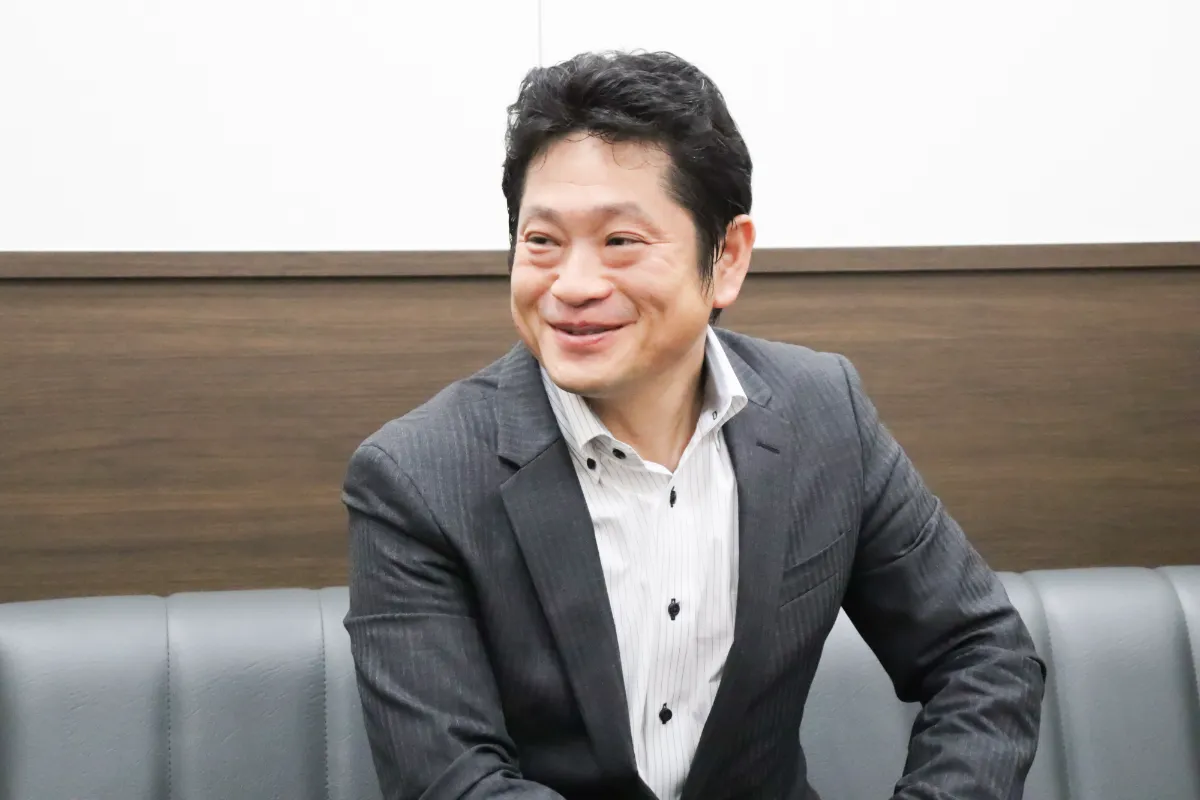
Smoother post-construction processes, with significant benefits for partner companies as well
— It’s not just that the number of phone calls decreased, but the accuracy of business communication also improved. Finally, could you share the reasons and key factors behind achieving such significant results after implementing KANNA?
Mr. Hirose: While the advanced functionality of the KANNA tool itself played a major role, we also made a concerted effort to maximize operational efficiency by ensuring the adoption of KANNA. Nakabayashi and I formed a project team, with Nakabayashi focusing on our partner companies and myself focusing on our internal team. We held numerous briefings to help everyone understand the background and benefits of KANNA’s implementation. We visited over 20 different locations, meeting with all the companies we work with to conduct these briefings.
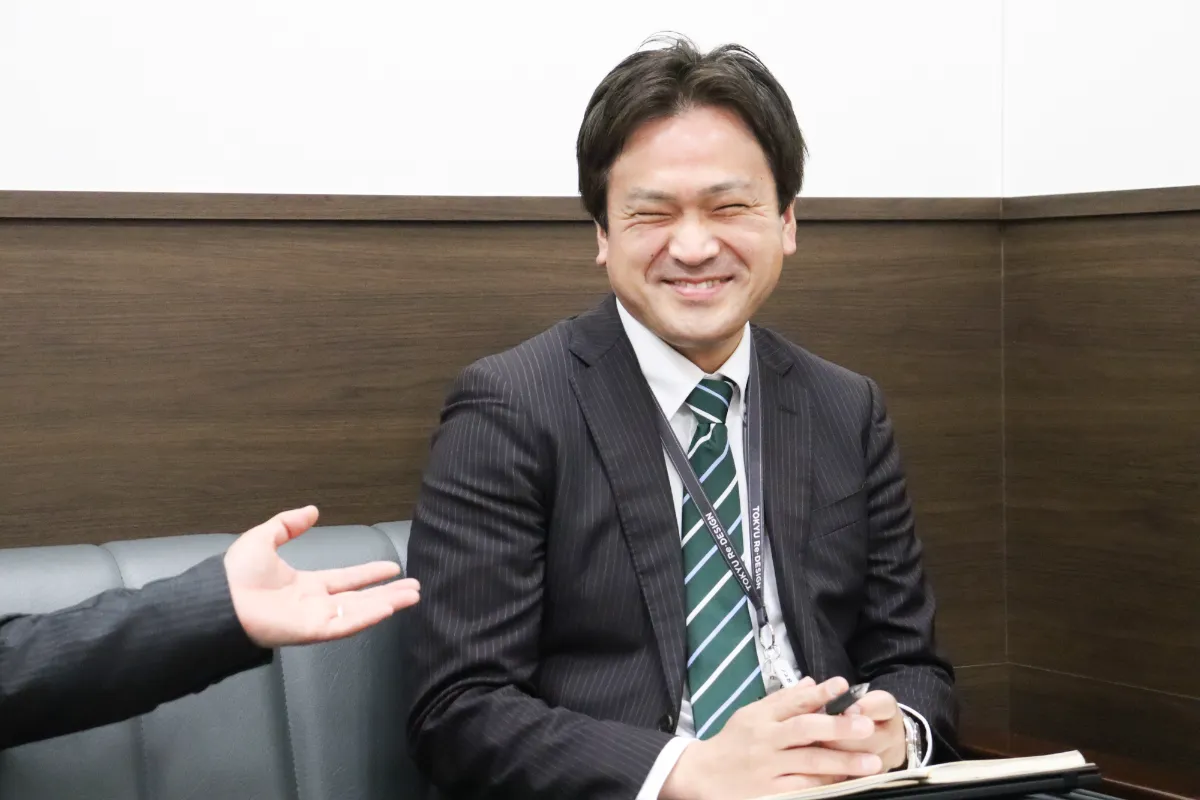
It was quite a challenging task (laughs), but I believe the 20% reduction in overtime was achieved thanks to the thorough communication before the full-scale implementation. We requested not only the on-site workers but also the administrative staff of our partner companies to use KANNA.
As a result, not only has the communication become more efficient and smoother, but accuracy has also improved. Moreover, the flow toward payment after the completion of the work has become remarkably smoother. Previously, the person in charge of managing each project would receive a notification of completion from the partner company, check the completion, then request the partner company to issue completion documents and invoices, and share them internally. After sharing, our team would finally process the records, and only then would the payment phase begin.
Now, by simply changing the workflow status in KANNA to "handover," both our team and the partner company's administrative staff are immediately informed of the project completion. This allows for the smooth issuance and sharing of documents, as well as the completion of verification tasks. As a result, both we and our partner companies have built a mutually beneficial, "win-win" relationship.
The details of the initiatives we took to promote the use of KANNA internally and externally will be discussed by our colleague, Kondo, in the second part of this interview.
▶▶ [Read Part 2 of the Tokyu Community Interview]
"The key to increasing adoption: Holding training sessions across regions at the time of implementation and thoroughly ensuring the understanding and cooperation of partner companies."
*2024 Construction Industry Issue
In Japan, the construction industry has been facing a labor shortage. As a result, the long overtime work became a common trait of the industry. To tackle this and secure a better working environment for laborers in the industry, the Japanese government decided to set a regulation that limits overtime working hours for the construction industry, which is set to be in effect in April 2024. A violation of this regulation can result in a punishment. Hence, improving efficiency and reducing the working hours are the urgent matters that the construction companies have to resolve.
Company Name: Tokyu Community Corporation
Business Overview: Residential Life Support Services, Renovation Services, Building Management Services
Established: April 1970
Number of Employees: (Company) 10,583, (Group) 3,028, (Total) 13,791 (as of March 31, 2023)
Website: https://www.tokyu-com.co.jp/
Article published on: August 21, 2025
